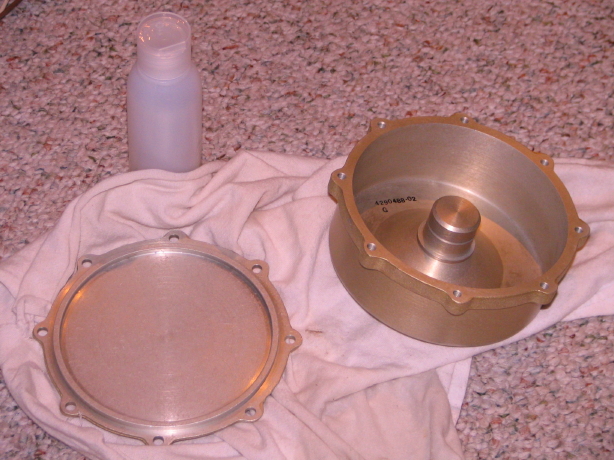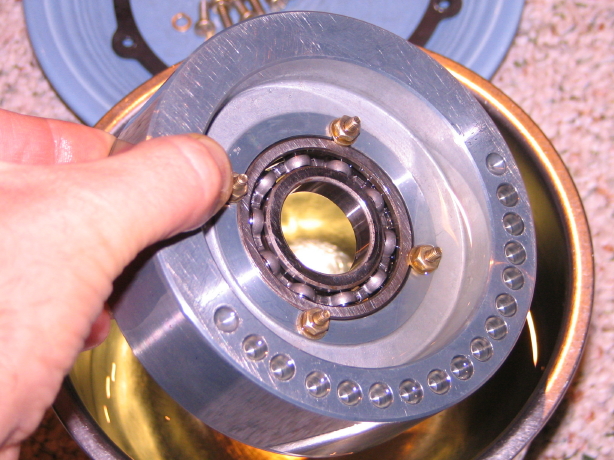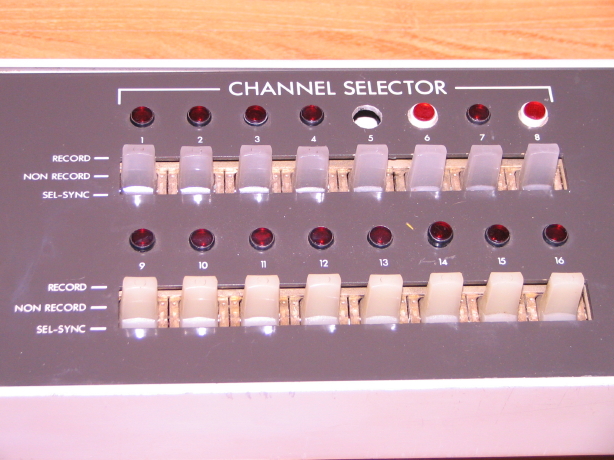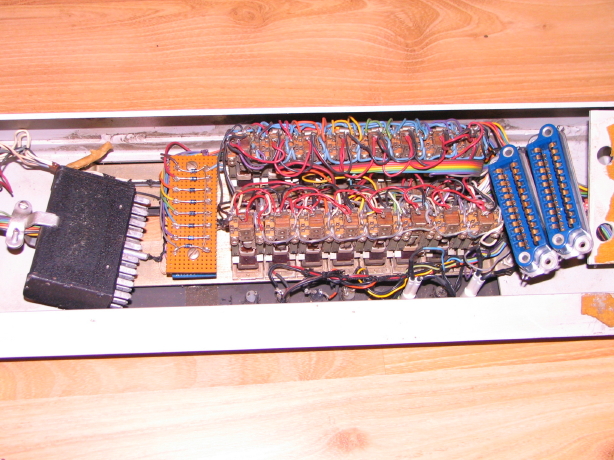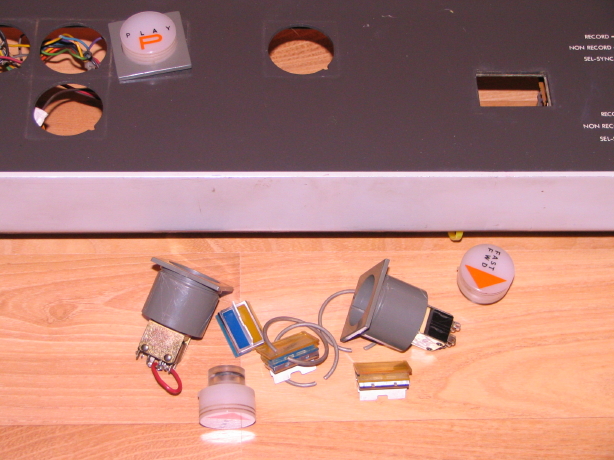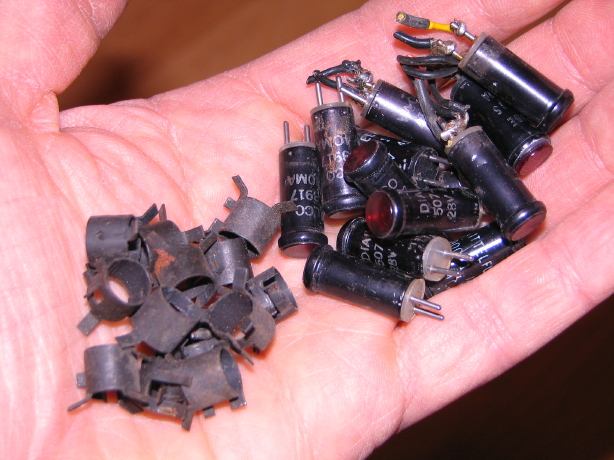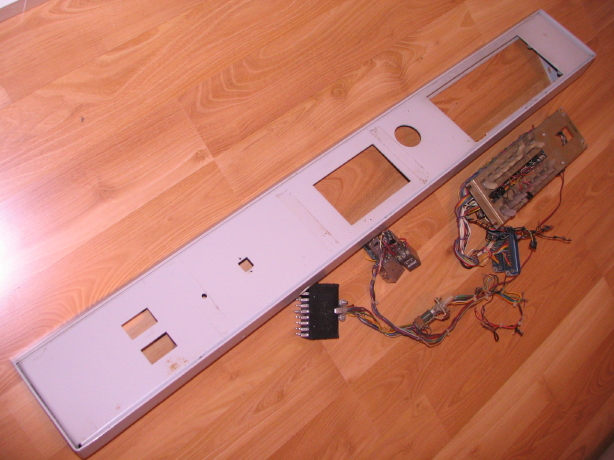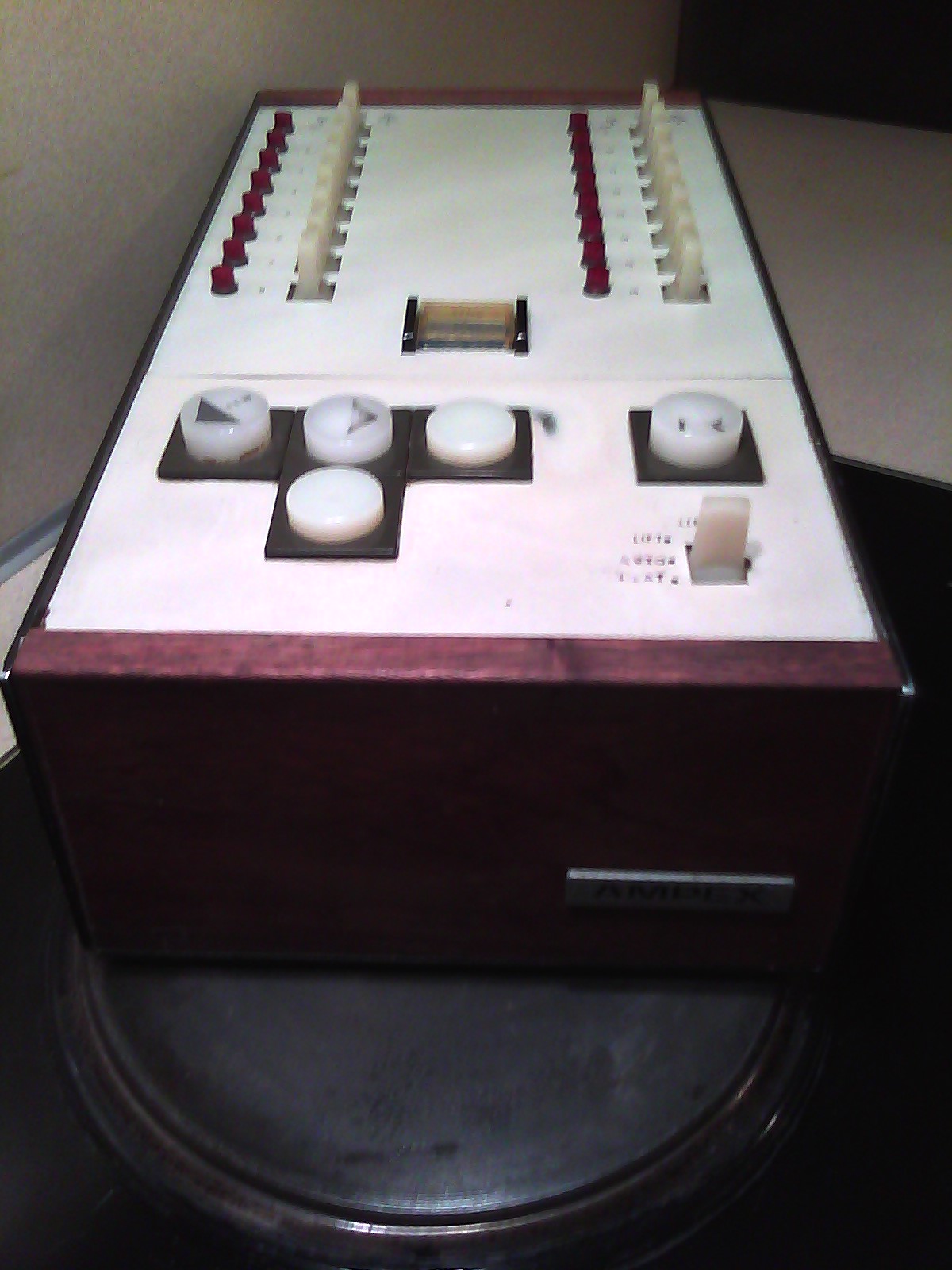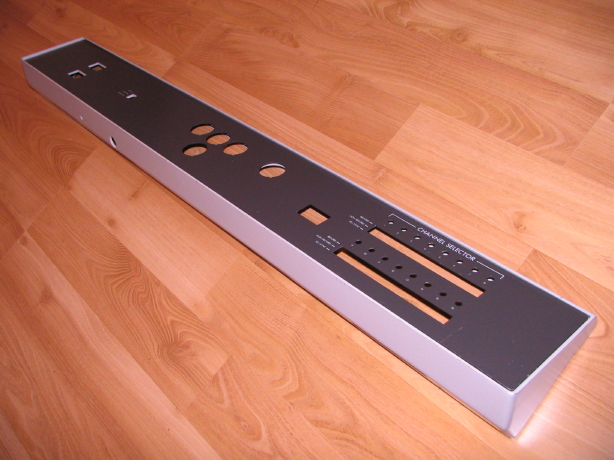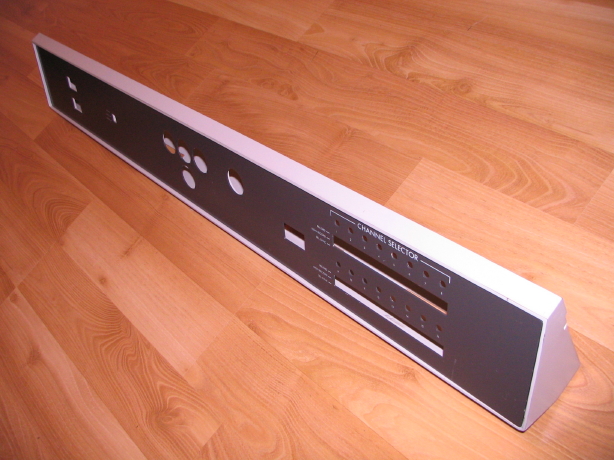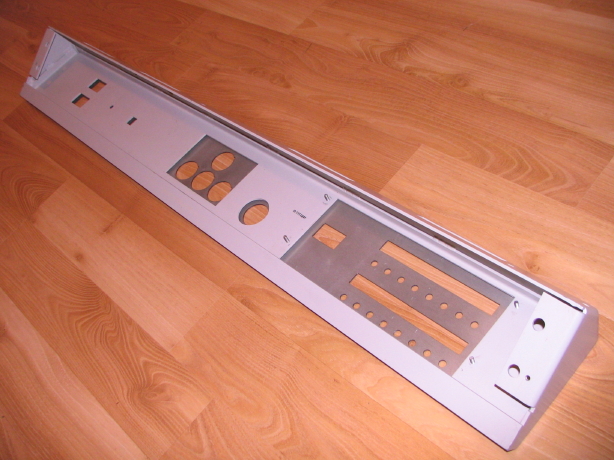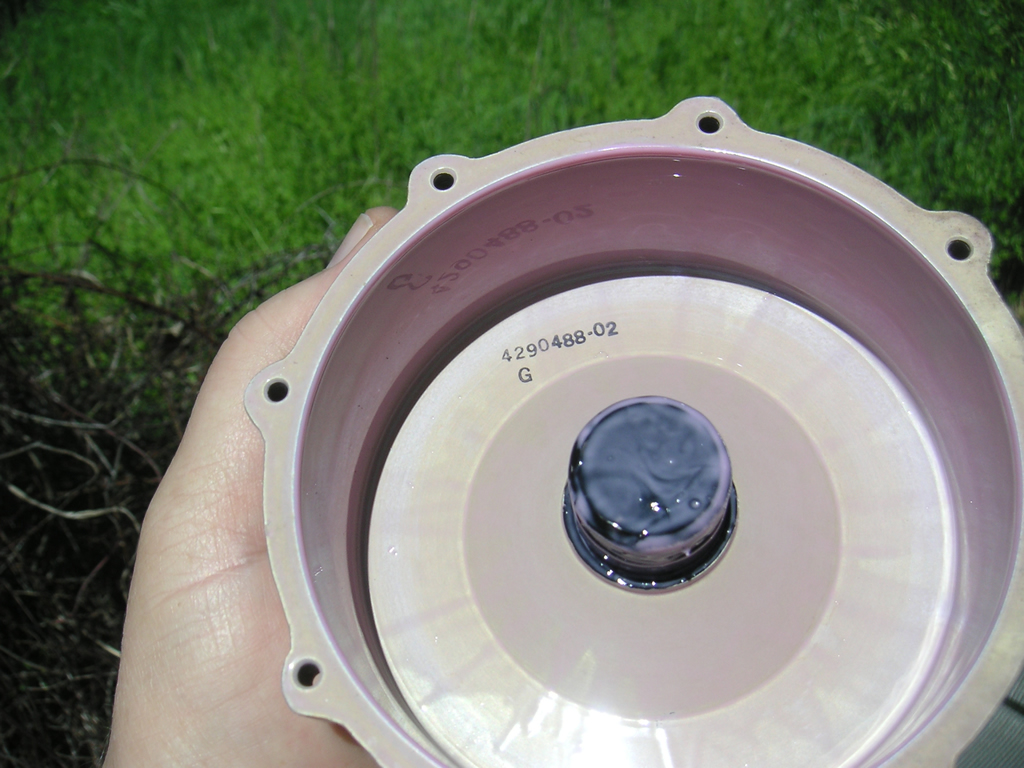sweetbeats
Reel deep thoughts...
Lukpac, that is a REALLY cool video! I love it!
TOTALLY appropriate to link here so thank you!
techno et al...kind of disappointed but content...owner of the 16 track machine had a change of heart and is planning on hanging on to the MM-1000. He would sell it but for more than it is worth in its current condition and more than I'm willing to pay. Who knows, either of those factors could change, and it may also be that somebody else comes along and wants to pay that amount and wants it fixed up or the owner may want to get it fixed up and in either case I may become involved from a service perspective.
Its always sort of a letdown when you start getting excited for something, but it really is for the best and I feel a sense of relief in a way...i don't really have the money, I don't really have the space, and I don't really have the time.
Back to Matilda.
Next step is to sent my viscous-damped flywheel off to an Ampex List acquaintance who is qualified and has the equipment to vacuum treat and seal the housing and cover.
I'm probably going to pull my capstan assembly out again at some point to see what is so noisy...if it is the motor or the shaft. If it's the motor that's easy as I can replace the bearings. If it's the capstan shaft that will take some research to find the right shop...probably start with a couple of the folks that deal with the old quad decks. Its okay for now, but really, if I could have a capstan assembly that was quiet as the one on the 16 track machine it would be pretty nice...it would alleviate my concerns about having the MM-1000 in the same space in which tracking occurs.
And also i'm sure at some point I'll want to mod the harnessing so that the capstan shuts off when tape is unloaded. Mine runs all the time. That was a question I had early on as to whether or not its supposed to run all the time and the indication I got back is that it was normal, but the 16 track's capstan shut down when tape was unloaded and I consulted with another acquaintance who has a very similar (era) MM-1000 and he confirmed his also shuts off without tape loaded. T'would be nice. Pretty simple mod I believe, but i'm going to see first if that feature is pre-configured in the 16 track harness I have yet to put into Matilda.
First thing's first...get the flywheel to quit leakin' and get it back into the machine.
TOTALLY appropriate to link here so thank you!
techno et al...kind of disappointed but content...owner of the 16 track machine had a change of heart and is planning on hanging on to the MM-1000. He would sell it but for more than it is worth in its current condition and more than I'm willing to pay. Who knows, either of those factors could change, and it may also be that somebody else comes along and wants to pay that amount and wants it fixed up or the owner may want to get it fixed up and in either case I may become involved from a service perspective.
Its always sort of a letdown when you start getting excited for something, but it really is for the best and I feel a sense of relief in a way...i don't really have the money, I don't really have the space, and I don't really have the time.
Back to Matilda.
Next step is to sent my viscous-damped flywheel off to an Ampex List acquaintance who is qualified and has the equipment to vacuum treat and seal the housing and cover.
I'm probably going to pull my capstan assembly out again at some point to see what is so noisy...if it is the motor or the shaft. If it's the motor that's easy as I can replace the bearings. If it's the capstan shaft that will take some research to find the right shop...probably start with a couple of the folks that deal with the old quad decks. Its okay for now, but really, if I could have a capstan assembly that was quiet as the one on the 16 track machine it would be pretty nice...it would alleviate my concerns about having the MM-1000 in the same space in which tracking occurs.
And also i'm sure at some point I'll want to mod the harnessing so that the capstan shuts off when tape is unloaded. Mine runs all the time. That was a question I had early on as to whether or not its supposed to run all the time and the indication I got back is that it was normal, but the 16 track's capstan shut down when tape was unloaded and I consulted with another acquaintance who has a very similar (era) MM-1000 and he confirmed his also shuts off without tape loaded. T'would be nice. Pretty simple mod I believe, but i'm going to see first if that feature is pre-configured in the 16 track harness I have yet to put into Matilda.
First thing's first...get the flywheel to quit leakin' and get it back into the machine.

